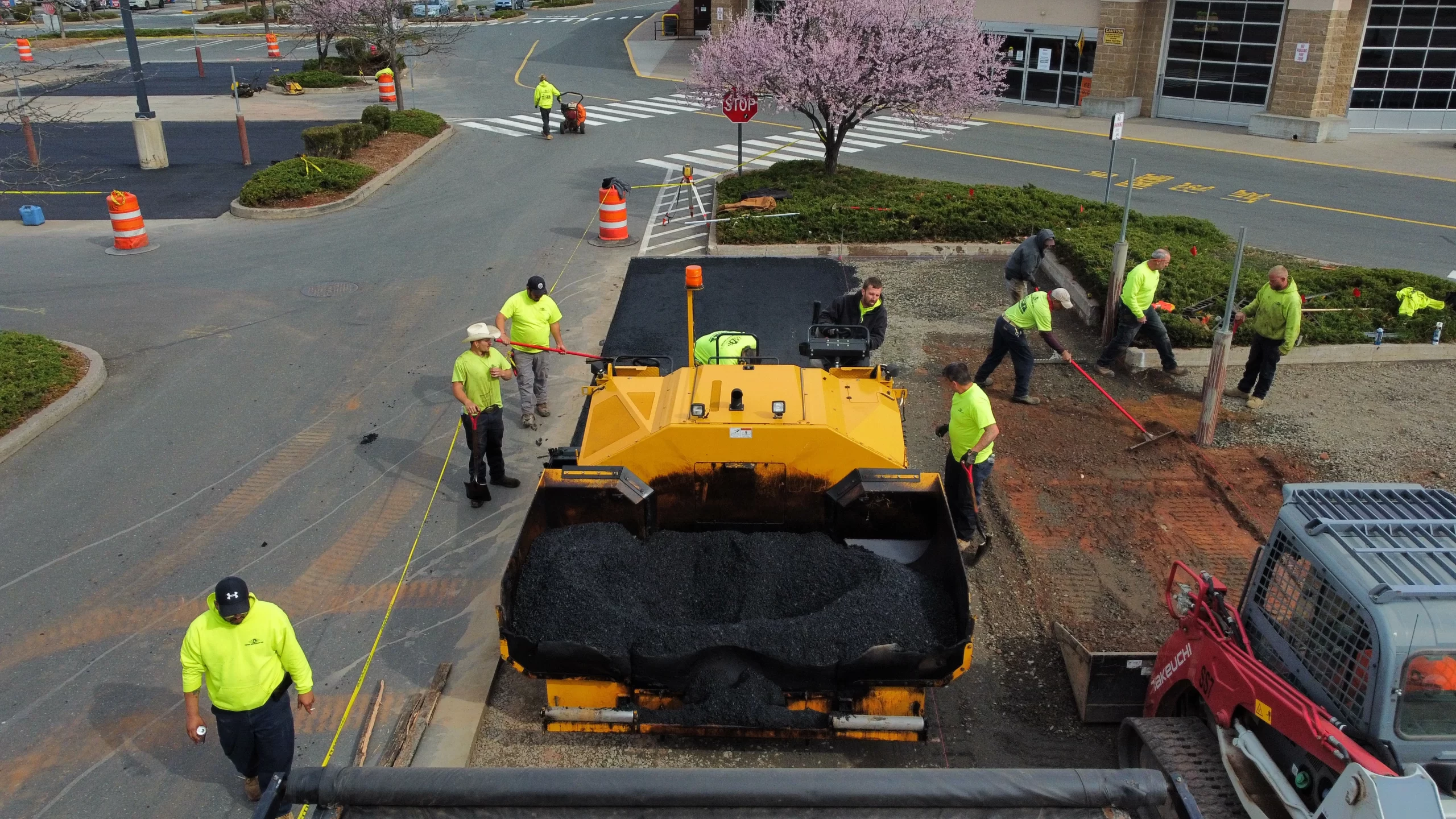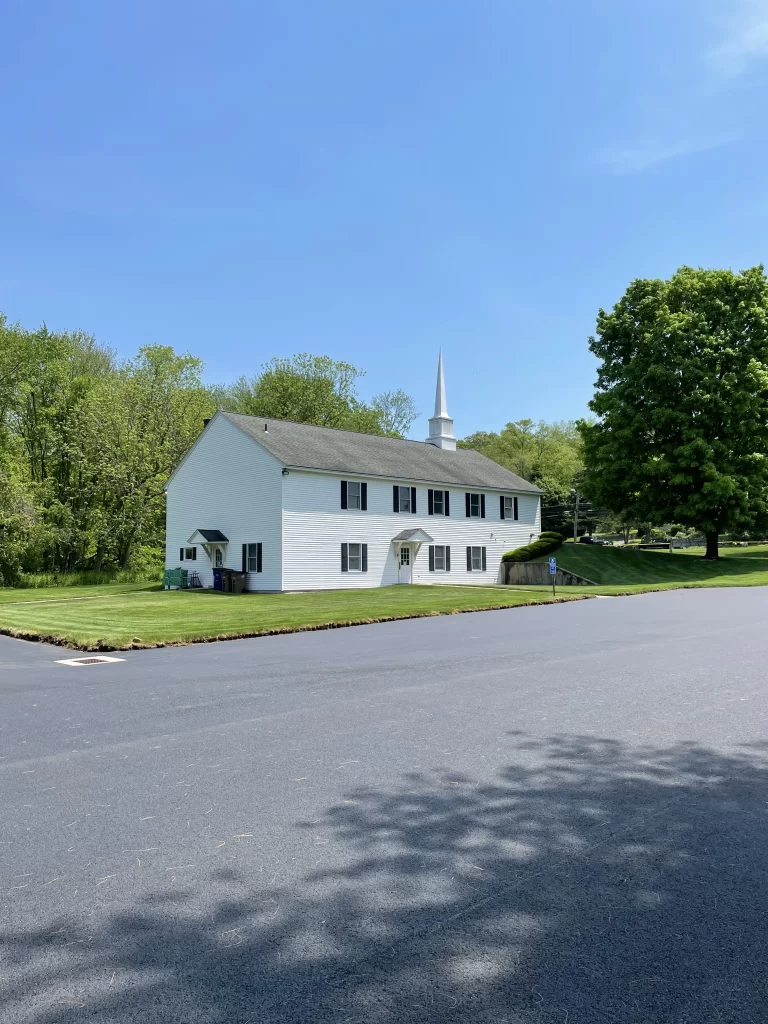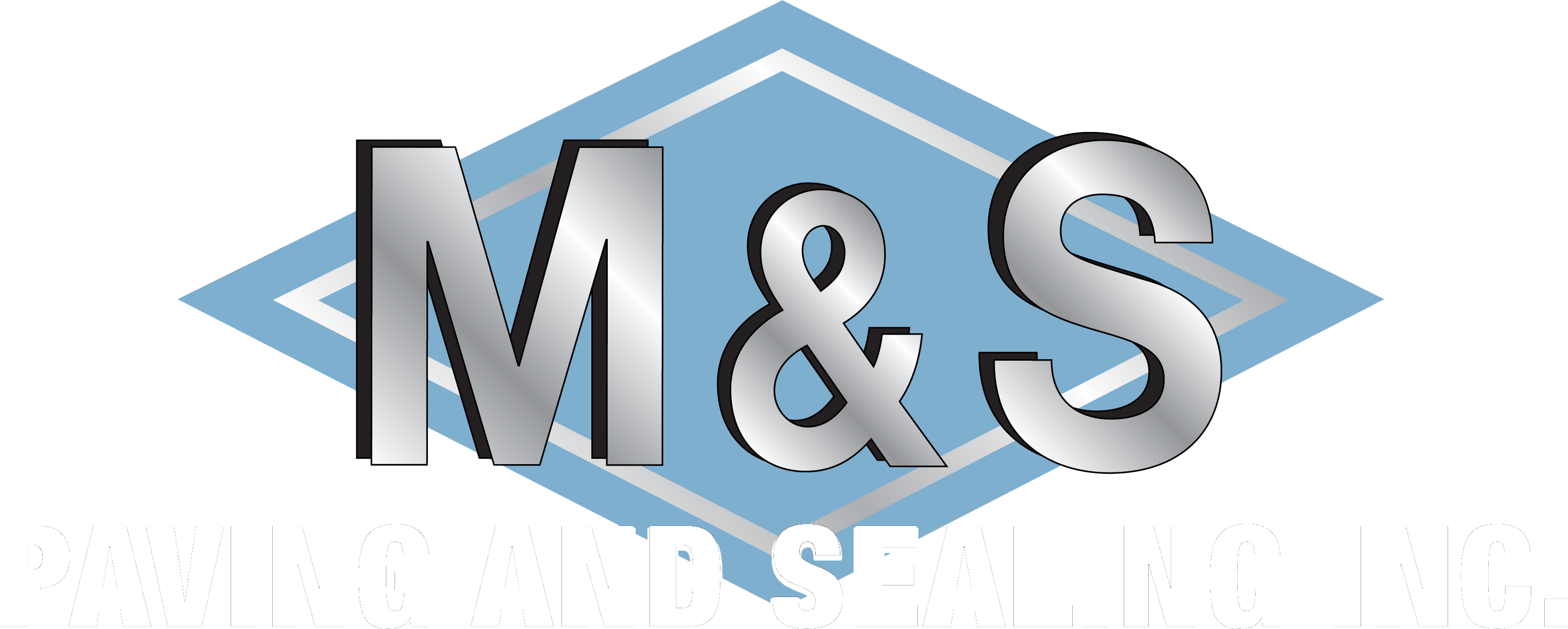Because of its durability, cost-effectiveness, and simplicity of construction, asphalt pavement is the material of choice for parking lots across the nation. Asphalt withstands heavier loads and, when combined with proper asphalt maintenance, lasts for many years to come.
Studies have shown that on average, over a 40-year period, asphalt pavements are more economical than concrete pavements. Putting in place a pavement management plan including inspections and preventative maintenance can maximize the life of your asphalt parking lot. M & S Paving And Sealing provides a full service of asphalt maintenance procedures for parking lots.


Asphalt Repair & Patching
Asphalt patching is the most cost-effective way to protect your asphalt surface and foundation. By repairing potholes you get an instant improvement in looks and safety while protecting against further damage and erosion to your pavement. Potholes occur when water seeps into the pavement through unsealed or improperly sealed cracks. When the water freezes, it expands and enlarges the crack. When the ice under the pavement melts, a void is left. Surrounding pavement falls into the void and forms a pothole.
Asphalt repairing and patching can save money by repairing over repaving, both short-term and long-term. Potholes will be cleared of all debris and, depending on the season, hot or cold asphalt mix will be applied to fill the deteriorated areas and will be compacted with a multi-ton vibratory roller or vibratory plate. This is usually a remedial repair.
Asphalt Removal & Replacement
The appearance of asphalt can diminish over time. Fine hairline cracks form and deepen from within the asphalt. Without ongoing maintenance, water may enter through cracks and holes may form, undermining the substrate. In this case, the most effective form of repair is to remove and replace the deteriorated area.
After preparation and cleaning of the area, tack coat will be applied. Hot asphalt will then be installed to the approximate specified depth and compacted with a multi-ton vibratory roller to guarantee proper compaction.
The cost for asphalt removal & replacement depends upon the geographic location, the amount of grading and substrate work required, and other site-specific factors.


Asphalt Resurfacing
Asphalt Resurfacing is a long-term and cost-effective solution to more severe cases of asphalt failure. This process costs substantially less than removal and replacement. Since no removal or replacement of asphalt is involved, the process is also quicker and more environmentally friendly. Resurfacing adds instant curb appeal to your property, while creating a smooth, safe surface for both pedestrians and vehicles that increases safety and decreases liability issues.
This process consists of several steps including preparing and cleaning the area prior to performing work, leveling asphalt of low areas, grinding of all transitions, adjusting of all drainage structures, and many other steps unique to each site.
Resurfacing Options
Leveling Binder – In low areas, hot asphalt is installed at various depths to adjust pitch to proper grades while increasing parking lot strength.
Butt Joint/Grinding – In areas requiring the resurface to tie into other existing surfaces like concrete, the asphalt is removed along the perimeter to allow proper depth of asphalt on the edge.
Transitional Milling – In areas requiring the resurface to tie into other existing surfaces (i.e., concrete, etc.), asphalt will be milled and replaced to allow proper depth and transitions. An asphalt milling machine is used to remove an appropriate depth of pavement in a grinding process. The removed material can then be recycled.

